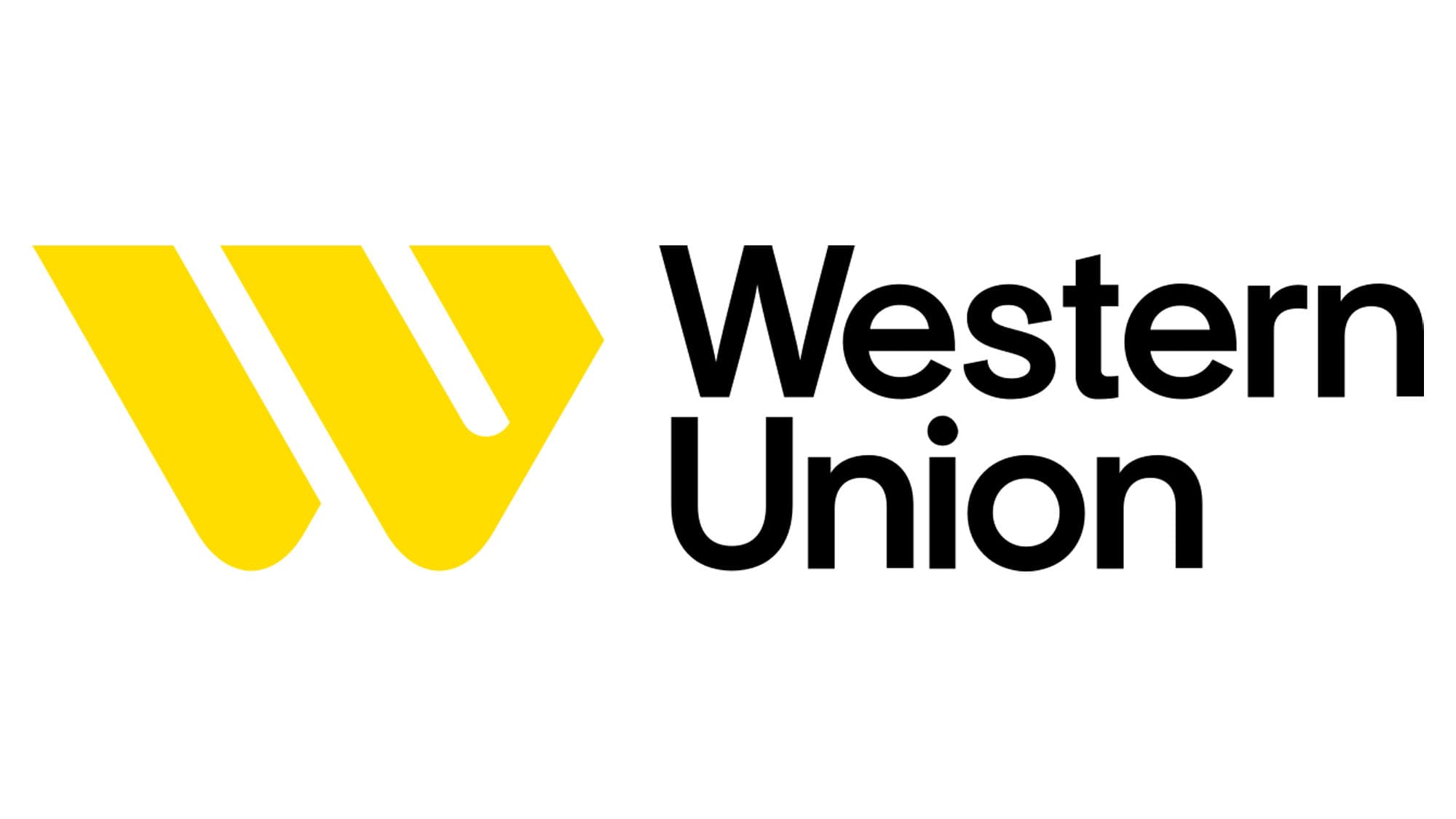FAQ´s
You can call our hotlines, send us a WhatsApp message or send us an email to info@peruvianride.com and one of our representatives will contact you as soon as possible. You can also request an appointment by phone, so that one of our representatives will contact you at the most convenient time for you. We will be very happy to help you make the trip of your dreams come true.
You can make a direct bank transfer to one of our accounts, please note that any fees or charges to the account holder by bank transfer will be assumed by you. You can also send us the deposit through western union to any of their offices in Peru.
The visa requirements for tourists visiting Peru varied depending on their nationality. Peru has different entry requirements for citizens of different countries. Some countries are exempt from obtaining a visa for short visits, while others may need to obtain a visa in advance.
To get the most accurate and up-to-date information regarding visa requirements for Peru, I recommend checking with the official website of the Consulate or Embassy of Peru in your country or contacting the Peruvian immigration authorities. Additionally, you may also check with the relevant government travel advisory or tourism websites for the latest information.
Keep in mind that visa regulations can change, so it’s essential to verify the current requirements closer to your planned travel date.
Peru is generally safe for tourists, but like any destination, it’s essential to be aware of your surroundings, take precautions, and follow local advice. Certain areas may have higher crime rates, so it’s a good idea to research specific regions and take necessary safety measures.
Travelers are often advised to be up-to-date on routine vaccinations and consider additional vaccinations such as hepatitis A and B, typhoid, and yellow fever, depending on the areas they plan to visit. Consult with a healthcare professional for personalized advice.
The official currency of Peru is the Peruvian Sol (PEN). It’s recommended to exchange currency at official exchange offices or banks.
While English may be spoken in tourist areas and by some individuals in the hospitality industry, it’s not universally spoken. Learning some basic Spanish phrases can be helpful, especially when venturing into non-touristy areas.
Machu Picchu is a top destination, but Peru offers much more, including the Sacred Valley, Cusco, Lima, Lake Titicaca, and the Amazon Rainforest. Research and plan your itinerary based on your interests.
Peru has high-altitude regions, including Cusco and Machu Picchu. It’s essential to acclimatize gradually, stay hydrated, and consider medications for altitude sickness if necessary.
The best time to visit varies depending on the region. The dry season (May to October) is generally recommended, especially for trekking to Machu Picchu. However, coastal areas can be visited year-round.
It’s generally safer to drink bottled or purified water to avoid waterborne illnesses. This precaution applies to ice as well. Check with locals or your accommodation for guidance.
Dressing in layers is advisable, especially in high-altitude areas where temperatures can vary. Comfortable walking shoes are essential, and modest attire is recommended when visiting religious sites.
Remember that travel information can change, so it’s essential to check for updates closer to your departure date. Additionally, consulting official travel advisories from government agencies is a good practice.




